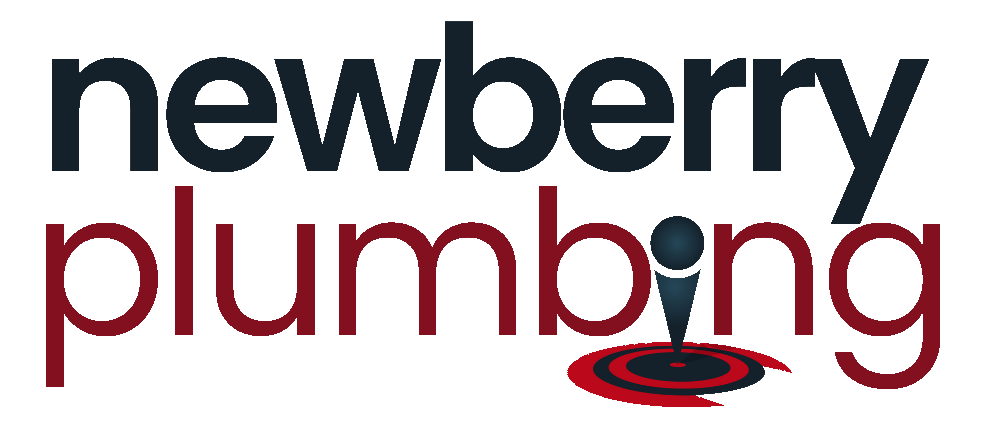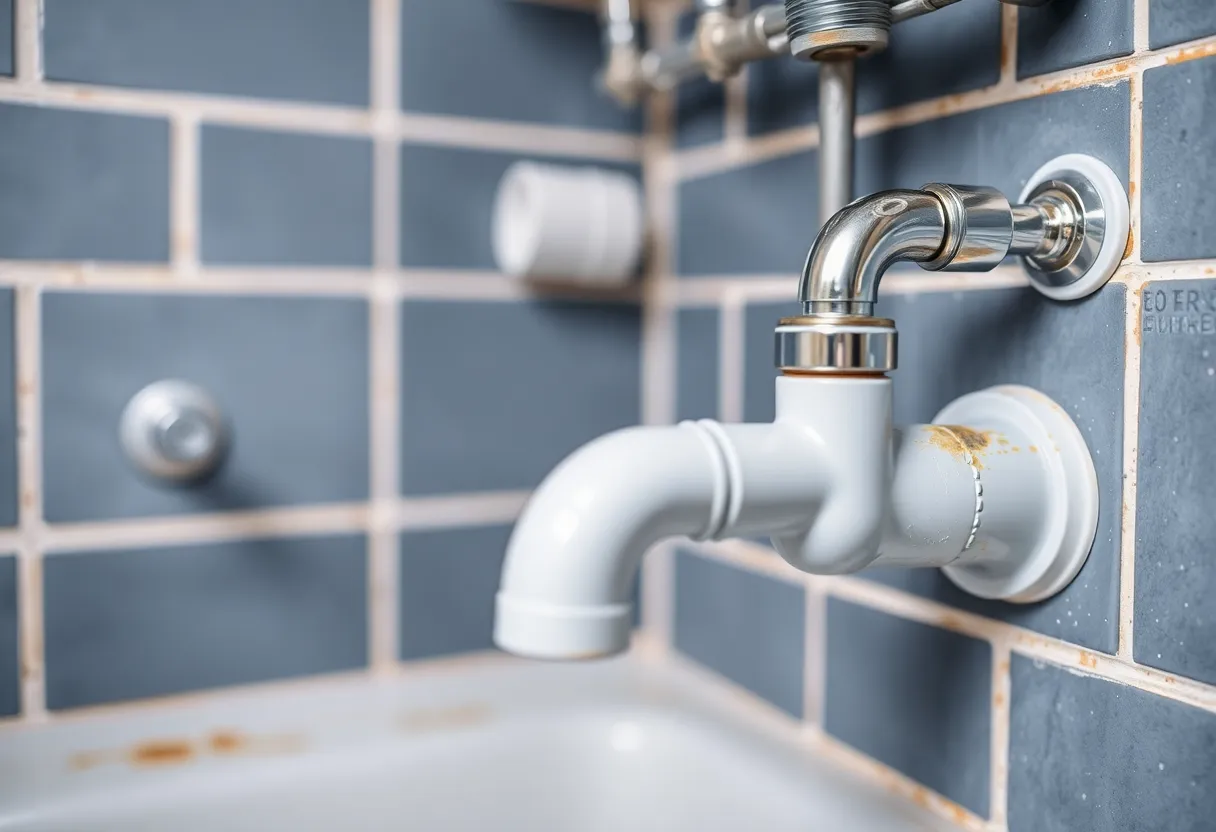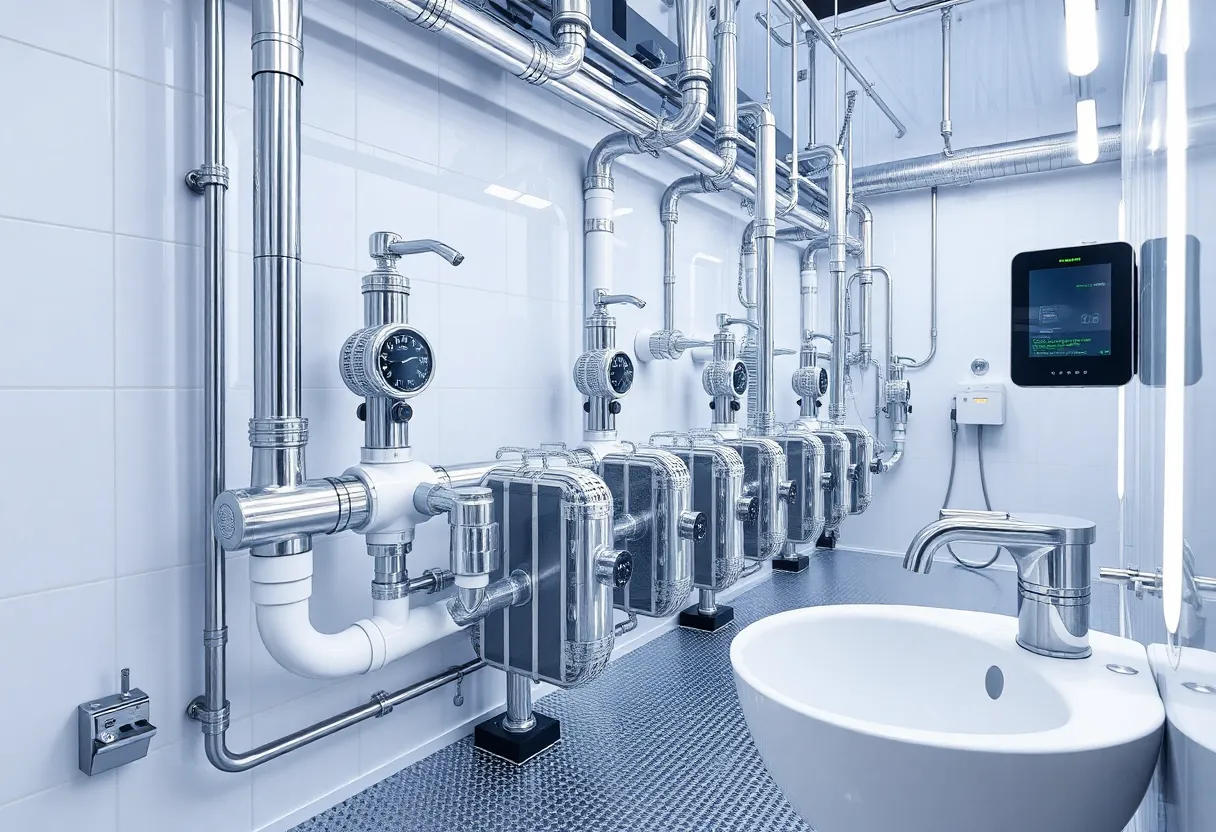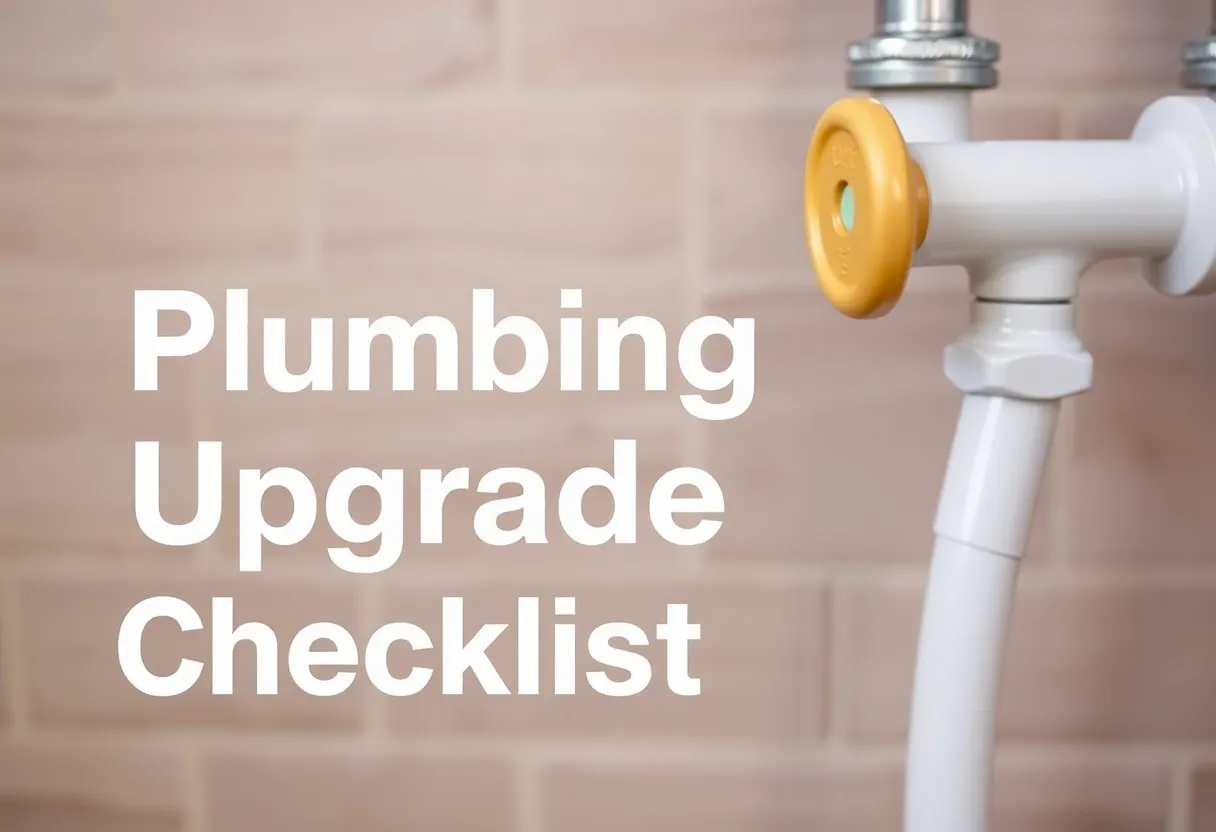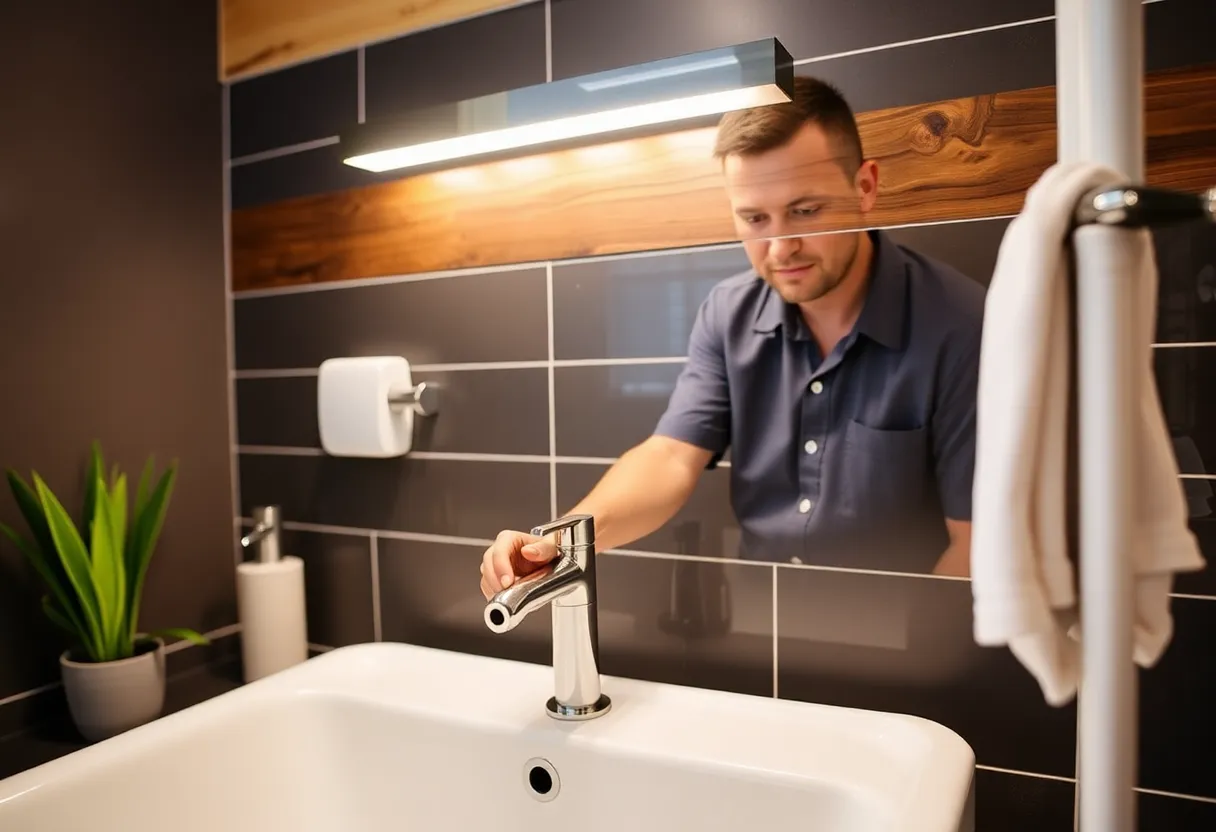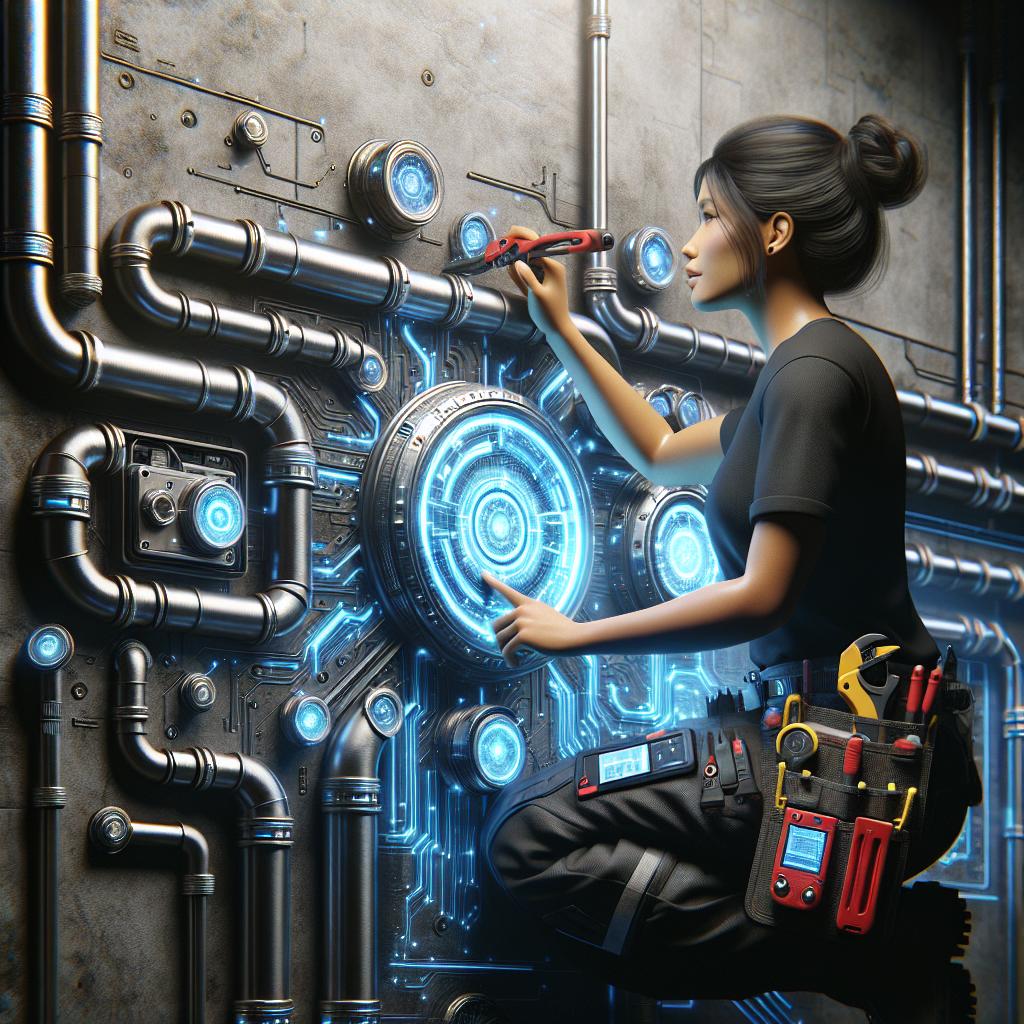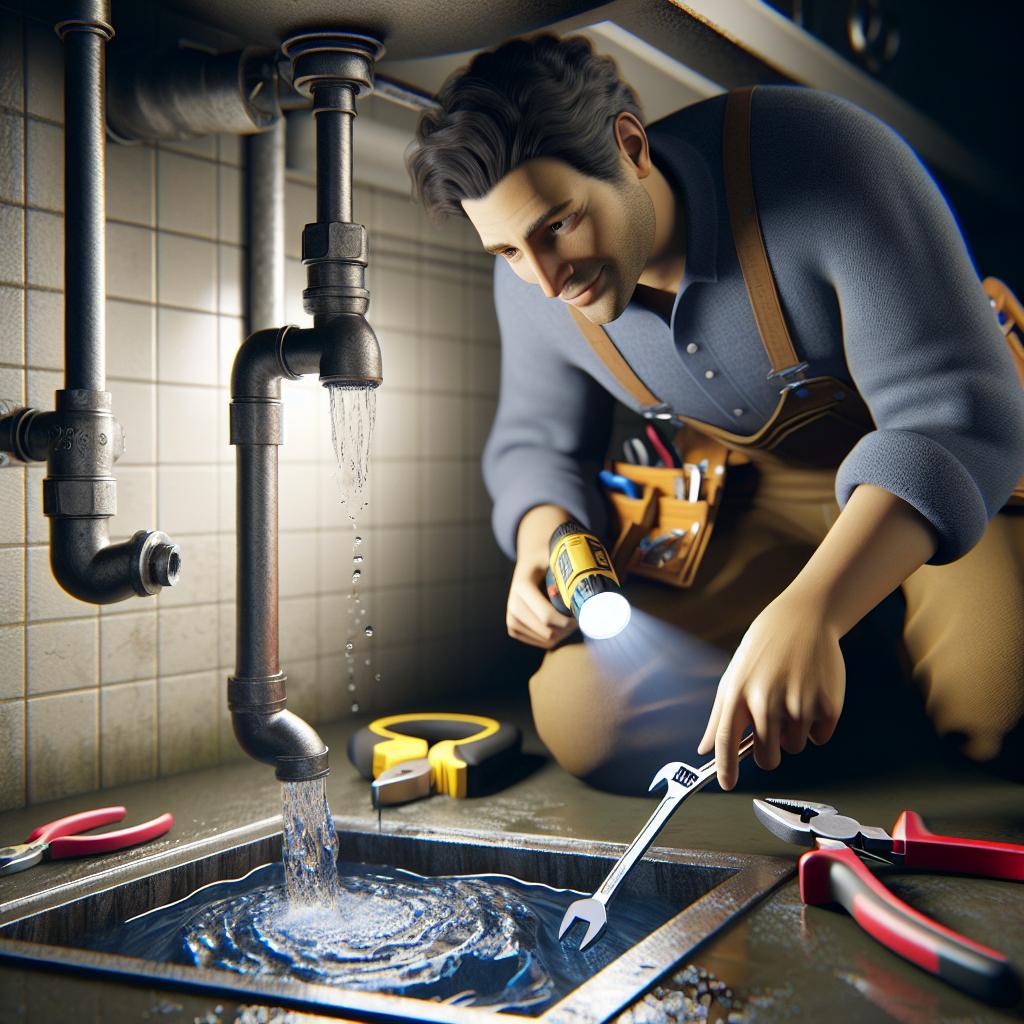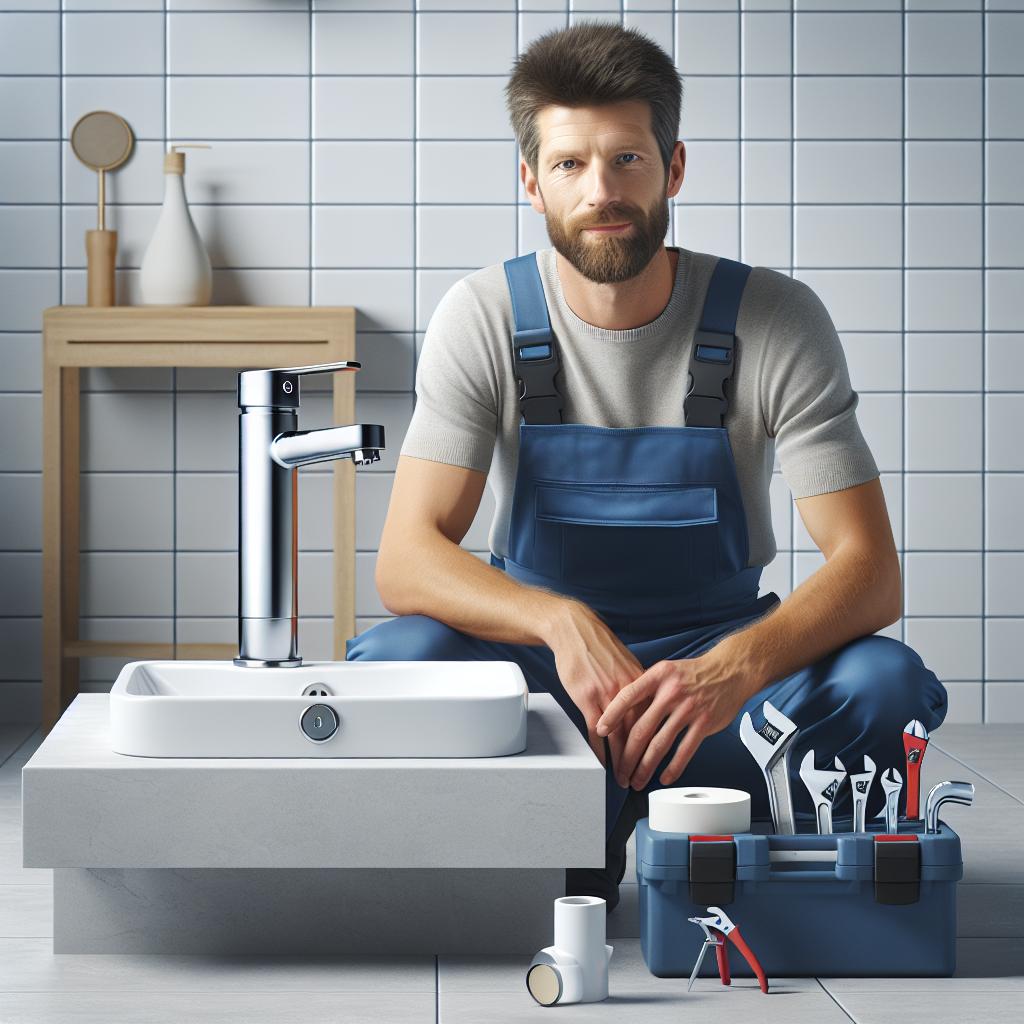The Plumbing Paradigm Shift: 8 Innovative Techniques to Make Your Home’s Water System More Efficient
With rising concerns about environmental sustainability and increasing water prices, homeowners are now focusing on enhancing the efficiency of their home water systems. This has led to a paradigm shift in plumbing practices, as innovative techniques and technologies emerge to address these challenges. In this article, we will explore eight cutting-edge techniques that can transform your home’s plumbing system into a model of efficiency and sustainability.
1. Smart Water Management Systems
Technology has infiltrated nearly every aspect of our lives, and plumbing is no exception. Smart water management systems use advanced sensors and IoT technologies to monitor water usage in real-time.
Benefits of Smart Water Management
- Real-time monitoring allows homeowners to track their water consumption patterns.
- Receive alerts in case of leaks or unusually high usage.
- Data-driven insights equip homeowners to make better water usage decisions.
By implementing a smart water management system, you can significantly reduce waste and improve your overall water efficiency. Some systems even allow for remote control of valves and appliances, providing unprecedented operational control.
2. Low-Flow Fixtures and Appliances
Faucets and Showerheads
Switching to low-flow fixtures is not only an economical choice but also a practical one in terms of conserving water. Low-flow faucets and showerheads can reduce water flow without compromising performance.
- Low-flow showerheads: Can reduce water usage by up to 50% without sacrificing water pressure.
- Low-flow faucets: Typically feature aerators that mix air with water, allowing for effective cleaning with less water.
Efficient Appliances
Consider replacing your old appliances, like dishwashers and washing machines, with efficient models that use significantly less water. Look for models that have the WaterSense label, indicating they meet certain water efficiency criteria.
3. Rainwater Harvesting
Rainwater harvesting is a sustainable method of collecting and storing rainwater for reuse. This technique can significantly decrease your dependency on municipal water supply.
How Rainwater Systems Work
- Collect rainwater from roofs using a system of gutters and downspouts.
- Store water in tanks designed for safe storage.
- Utilize collected rainwater for irrigation, toilet flushing, or even household cleaning.
Implementing a rainwater harvesting system can not only lower water bills but also contribute to environmental sustainability by reducing runoff and erosion.
4. Greywater Recycling
Greywater refers to water generated from household activities such as bathing, laundry, and dishwashing. Unlike black water, which comes from toilets and is considered hazardous, greywater can be reused for irrigation or toilet flushing after appropriate treatment.
Implementing Greywater Systems
There are various greywater recycling systems that homeowners can install. These systems typically include:
- Storage tanks to collect greywater.
- Filtration systems to remove impurities.
- Pumping systems to distribute recycled water for irrigation and other non-potable uses.
Taking advantage of greywater can significantly decrease overall water consumption and can be a cost-effective solution for regions facing water scarcity.
5. Water-Efficient Landscaping
Another innovative technique is transforming your outdoor space into a water-efficient landscape. This approach involves choosing plants that require less water and designing irrigation systems that minimize waste.
Components of Water-Efficient Landscaping
- Drought-tolerant plants: Choose native plants adapted to your local climate.
- Xeriscaping: Design gardens in a way that maximizes water retention and minimizes evaporation.
- Smart irrigation systems: Install drip irrigation systems and use timers to ensure efficient watering.
By adopting a water-efficient landscaping strategy, homeowners can dramatically cut down their water usage while maintaining vibrant and lush outdoor spaces.
6. Regular Plumbing Maintenance and Upgrades
One of the simplest yet most effective innovative techniques is regular plumbing maintenance. Frequent inspections help identify potential problems before they escalate.
Key Maintenance Steps
- Regular inspections: Check for leaks, corrosion, and signs of wear in pipes and fixtures.
- Flush your water heater: Regularly flushing your water heater can remove sediment build-up, improving efficiency.
- Insulate pipes: Insulating hot water pipes reduces heat loss, allowing for faster water heating times.
Adopting a rigorous maintenance schedule can enhance your plumbing system’s efficiency, ensuring every drop counts.
7. Solar Water Heating Systems
Solar water heating systems are gaining traction as an environmentally friendly solution for heating water. These systems utilize solar panels to gather energy from the sun, which is then used to heat water for domestic use.
The Advantages of Solar Water Heating
- Energy efficiency: By harnessing solar energy, homeowners can dramatically reduce their reliance on fossil fuels.
- Cost savings: Over time, savings on energy bills can offset the initial installation cost.
- Durability: Solar water heating systems have long lifespans and require minimal maintenance.
By installing a solar water heating system, homeowners can contribute to a more sustainable future while simultaneously lowering their energy costs.
8. Use of Advanced Pipe Materials
Finally, the emergence of advanced pipe materials has the potential to revolutionize home plumbing systems. Polyethylene, PEX (cross-linked polyethylene), and CPVC (chlorinated polyvinyl chloride) are great alternatives to traditional copper or PVC pipes.
Benefits of Modern Pipe Materials
- Durability: PEX and CPVC pipes resist corrosion and can last longer than traditional materials.
- Flexibility: PEX pipes can bend around obstacles, reducing the number of joints required in a plumbing system.
- Lower thermal loss: Modern materials can help reduce energy waste in hot water systems.
Investing in innovative pipe material can not only enhance the efficiency and longevity of your plumbing system but can also minimize the chances of leaks and repairs in the long run.
Conclusion
As we explore these innovative techniques to enhance the efficiency of home water systems, it becomes clear that adopting modern plumbing practices is a necessary shift in today’s world. Whether it’s through smart technology, sustainable harvesting methods, or simply using efficient fixtures, every small change can contribute significantly to reducing water waste and fostering a sustainable future.
Taking action now ensures not only immediate benefits such as lower utility bills but also prepares your home for the challenges of tomorrow’s water scarcity issues. By creating a more sustainable water system, you play a vital role in conserving one of our planet’s most precious resources.
Start today by incorporating these techniques into your home plumbing system and join the plumbing paradigm shift towards greater efficiency and sustainability!
